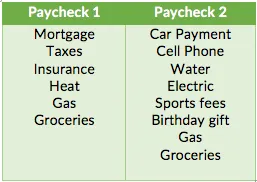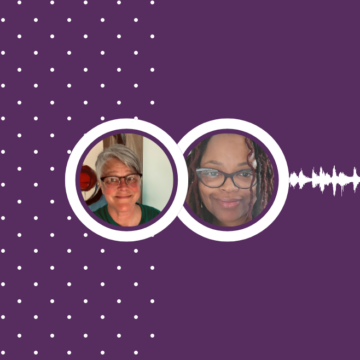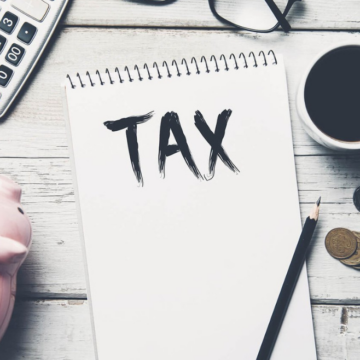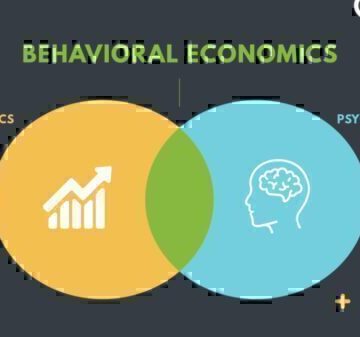Your paycheck is a starting point for making a budget. Set aside 15 minutes to review your income and expenses. This way you can plan your paycheck.
For This activity, make sure you have the following items:
- Time: 15 min
- Tools: Printable Calendar, Pen, List of Income and Expenses
Step 1: Establish Your Starting Point
Begin by telling your money what to do. Write down how much money you currently have and what you want that money to do, before your next paycheck. I want my money to ___________ before my next payday. This is your starting point. Now let’s take it further.
Step 2: Plan out our Month
List out your income and expenses. Make sure to include any incidental expenses that are coming up this month. Is there a holiday party, a birthday, or perhaps sports fees? Write it all down. You will also want to factor in money for gas and groceriesgroceries.
Put it on a calendar
Print a calendar and highlight your paydays. Note how much money you are expecting to receive on each payday. Then go back to your list and write out all of your expenses as well as the date they are due.
Match your expenses with the corresponding pay
Put it down on paper. Write out which paycheck is going to cover each expense. If you have 2 paychecks coming into the household, use a table with 2 columns. The goal is to assign expenses to each payday check. For example:

Step 3: Repeat
Now that you have a plan for your paychecks, you can continue to repeat this process. As you go you will feel more empowered and feel greater peace of mind.
Step 4: Give Extra Money a Purpose
If all of your bills are planned for and there’s extra money left over that’s great. Give that money a purpose. Here’s just a few ways you can put your extra income to work:
- Open a savings accountsavings account for a designated purchase.
- Make an extra payment on your debt.
- Save for periodic expenses that are on the horizon, such as a birthday, anniversary, sports fees or back to school expensesback to school expenses.
- Contribute to your retirement accountretirement account.
That’s it! By following these steps each month, you’ll have a better picture of where your money is going and when to anticipate bills and other expenses.
Additional Tips:
Set a limit for discretionary spending
Discretionary spending is the amount of money you spend on non-essential purchases. These are things like entertainment, meals at restaurants, gifts, toys and other purchases.
Most people are surprised at how much money they spend on non-essential items. Set aside funds to cover your high priority bills first. Allocate a reasonable amount of money for miscellaneous purchases, such as dining out and entertainment.
Move your payment dates so that they work for you
Do you prefer to have your bills all due at the time to make it easier to plan for expenses? Or do you want to spread your bills out so you aren’t taking as a big a hit at the same time? Setup your payment dates to make them work for you.
If you can’t pay your bills, ask for help
If you can’t pay your bills, it’s best to ask for help as soon as possible. Contact GreenPath Financial Wellness today at 833-218-3541 for a free financial counseling session and see if you could benefit from a debt management plan.
GreenPath Financial Service
GreenPath, A Financial Resource
If you’re interested in building healthy financial habits, paying down debt, or saving for what matters most, take a look at these free financial tools.










